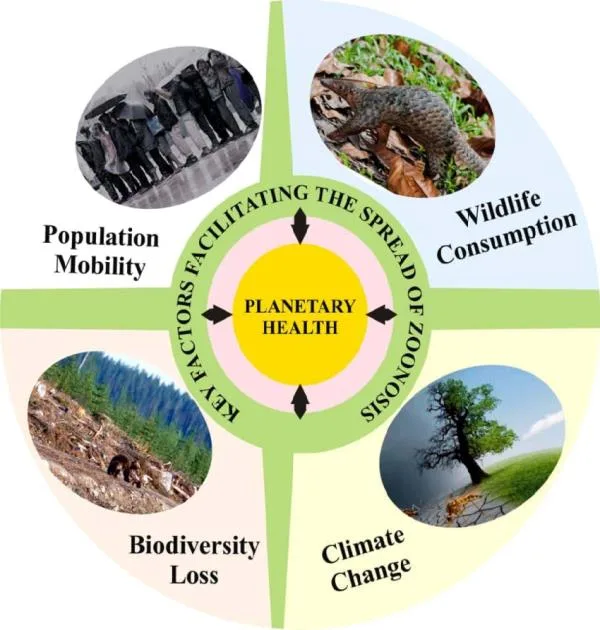Facing the Future: Combining Immunology and Ecology to Combat Viral Threats
In a world where viral threats are rapidly evolving, experts Jyothi N Purushotham, PhD, and Holly L Lutz, PhD, are advocating for a comprehensive approach. Their call to action emphasizes the integration of immunological and ecological strategies as crucial for staying ahead of these fast-moving viruses.
Why a Combined Approach is Essential
Traditional methods of addressing viral outbreaks often focus solely on the immediate immunological response. However, Purushotham and Lutz argue that this is no longer sufficient. Understanding the ecological factors that contribute to viral emergence and spread is equally vital.
Understanding the Ecological Landscape
- Environmental Changes: Deforestation, urbanization, and climate change can disrupt ecosystems, bringing humans and animals into closer contact and increasing the risk of zoonotic spillover.
- Animal Reservoirs: Identifying and monitoring animal populations that serve as viral reservoirs is critical for predicting and preventing outbreaks.
- Transmission Pathways: Understanding how viruses move through different populations and environments allows for targeted interventions.
The Immunological Response
While ecological understanding is crucial, it must be paired with a robust immunological strategy.
Key Immunological Strategies
- Vaccine Development: Rapid development and deployment of effective vaccines remains a cornerstone of viral defense.
- Antiviral Therapies: Continued research into novel antiviral drugs is essential for treating infections and reducing transmission.
- Immune Monitoring: Surveillance of human populations to detect emerging viral threats and monitor immune responses is vital for early intervention.
The Path Forward
Integrating these immunological and ecological approaches requires collaboration across disciplines, including virology, immunology, ecology, and public health. By working together, we can develop more effective strategies for preventing and responding to future viral threats.
Steps to Integration
- Interdisciplinary Research: Funding and support for research that bridges the gap between immunology and ecology.
- Data Sharing: Open sharing of data and information between researchers and public health officials.
- Policy Development: Implementing policies that address both the ecological and immunological factors contributing to viral emergence.
Final Overview
The call from Dr. Purushotham and Dr. Lutz underscores a critical shift in how we approach viral threats. By embracing a holistic strategy that combines immunological and ecological insights, we can better protect ourselves from the ever-evolving world of viruses.




+ There are no comments
Add yours